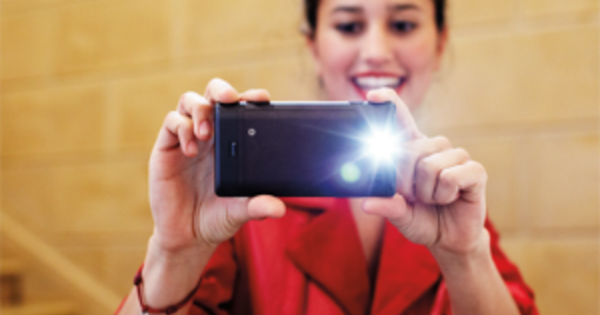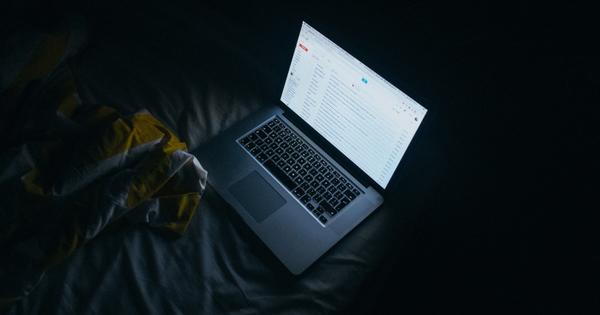Synology NASes are equipped with at least one USB connection. Often this also includes – again at least – one USB 3 copy. This offers interesting possibilities for data transfer and more!
The most logical use of a USB port on your NAS is of course connecting an external storage medium such as a USB stick or external hard drive. In the first case, to quickly transfer data to or from your NAS that is or should be on a stick. In the second case also to transfer data from, for example, an external hard disk to your Synology. Or to use this hard disk as a backup disk for data on the NAS. Everything is possible. However, be careful when disconnecting external storage media. Just like under Windows, macOS or any other operating system, it is important to first disconnect the stick or disk 'software'. This prevents data corruption, for example because you accidentally remove the storage medium during a write operation of (buffer) data.
You can safely disconnect by clicking on the icon associated with connected external media. You can find this more or less at the top right of the toolbar of the Synology desktop. In the menu that appears, you will see the connected external drives or sticks listed. Behind each item in the list is a button with an upward-facing triangle and a line. That's the eject button; click on this and confirm your ejection wish. After a while, the item disappears from the list (or even the entire button if you had only plugged in a device). This means that the external storage medium is disconnected by software and you can safely remove it from the USB port. Does the drive not disappear from the list or does the button remain? Then try again. In the end it will be all right.

More USB hardware
If you use external storage media, make sure to use the USB 3 connections on your Synology NAS. Only then will you get the maximum speed from a USB 3-capable storage medium. Apart from storage media, Synology NAS supports even more external hardware. The problem with this is that unfortunately Synology has decided not to add new hardware in many categories for unknown reasons. Fortunately, on the other hand, equipment such as external USB sound cards (or DACs), printers and even DVB-T TV sticks are fairly standardized. Especially the printers and DACs. So there is a good chance that if you insert such a stick, it will work. It is more a matter of 'hit and miss' if you, for example, plug in a WiFi stick or that TV stick already mentioned. Printers often have an emulation mode, so that generally ends well. In short: a matter of trying.
For example, if you connect a set of external USB speakers (i.e. ones with a built-in DAC and USB plug), you can play music directly from your NAS and the Music Station app. Handy for the office: so you always have central music management at hand. Connecting a DAC (digital-to-analog converter) to your hi-fi is also no problem. In short: plenty of options!

